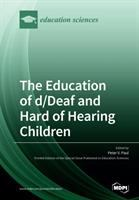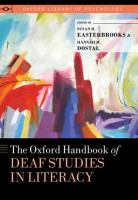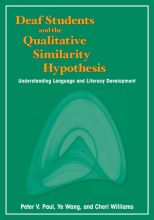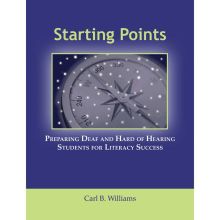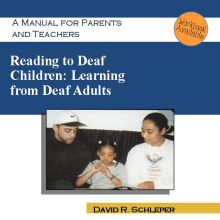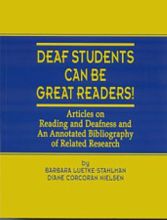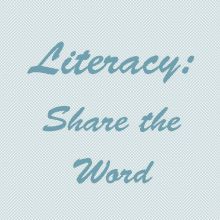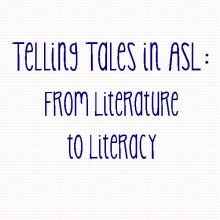Material
A significant number of d/Deaf and hard of hearing (d/Dhh) children and adolescents experience challenges in acquiring a functional level of English language and literacy skills in the United States (and elsewhere). To provide an understanding of this issue, this book explores the theoretical underpinnings and synthesizes major research findings. It also covers critical controversial areas such as the use of assistive hearing devices, language, and literacy assessments, and inclusion.

